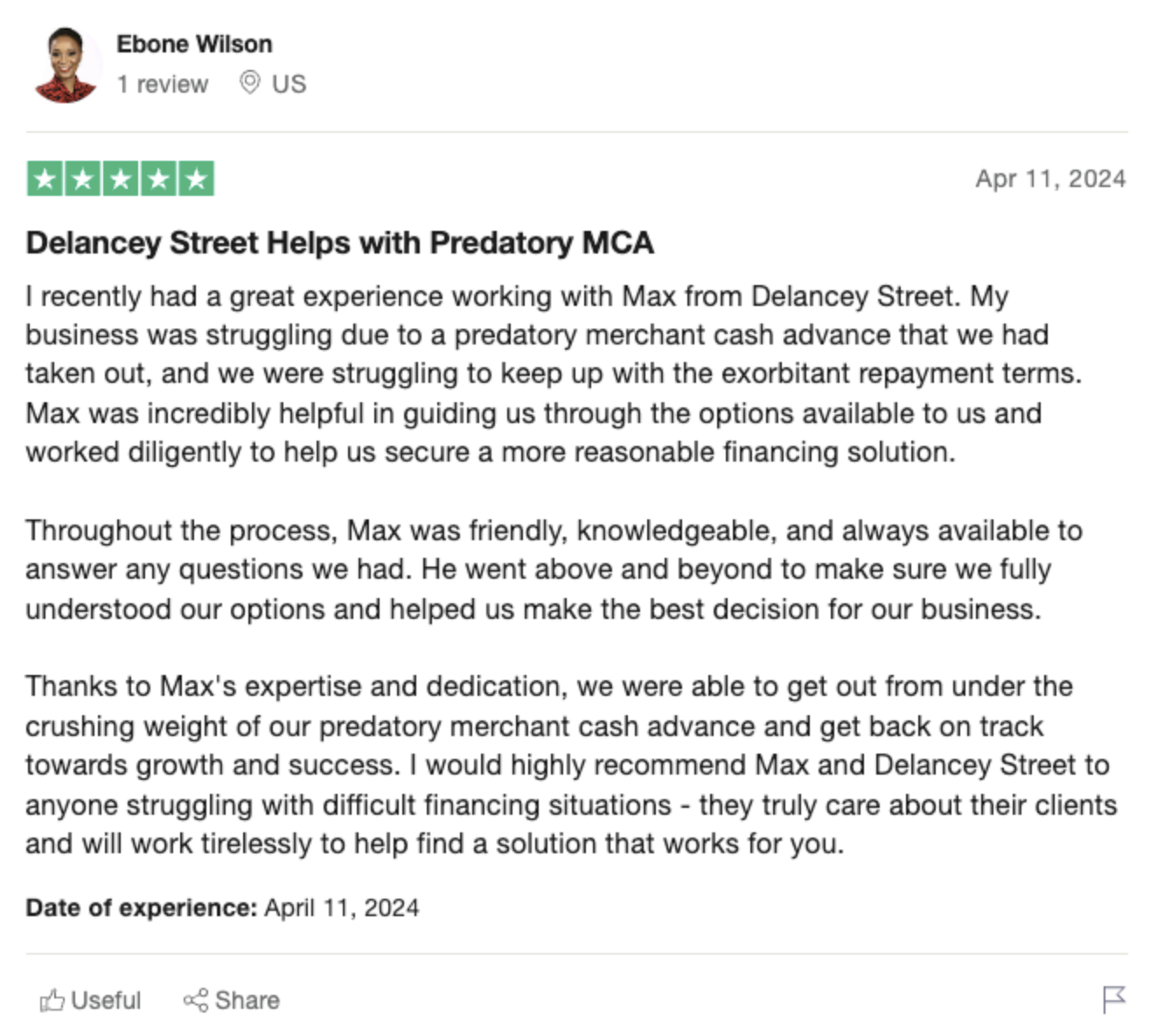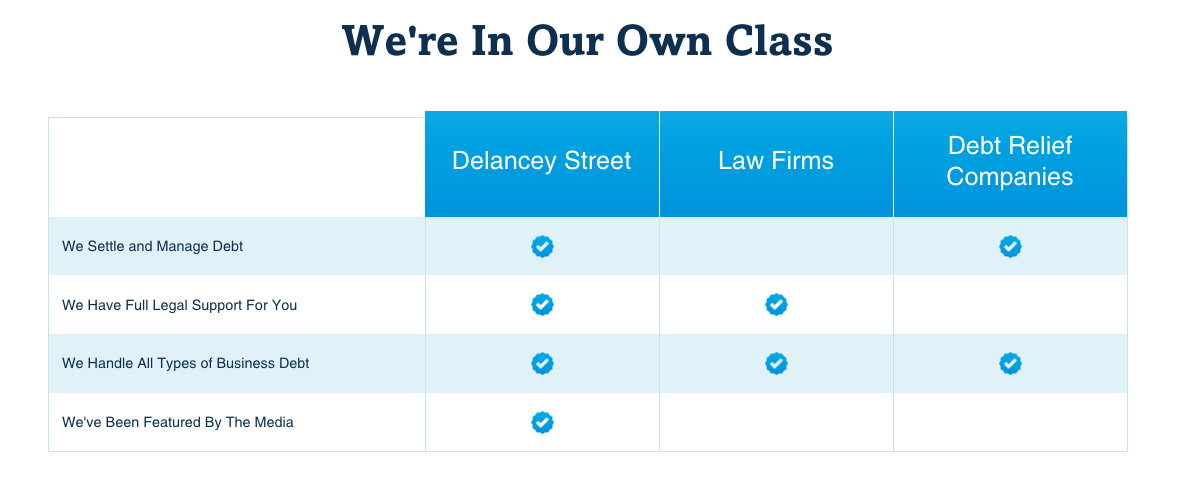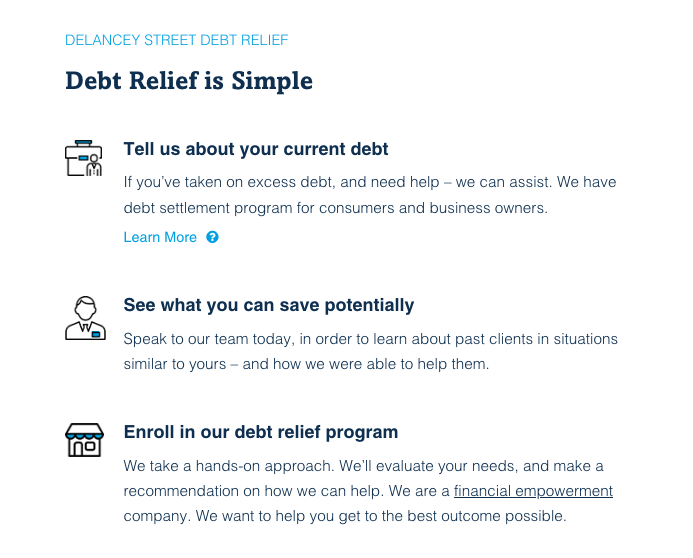Tight on Cash? 12 Tips for Managing Vendor Payments
Running a small business or startup on a tight budget can be extremely challenging, especially when it comes to managing vendor payments. When cash reserves run low, paying your vendors and suppliers on time can quickly become difficult. However, failing to pay vendors can destroy relationships, hurt your credit, and even lead to legal issues.
If you’re struggling to keep up with payments, here are 12 tips to better manage vendor bills:
 -
-1. Communicate Openly About Payment Terms
The first step is to initiate open and honest conversations with your vendors. Explain that you are experiencing some cash flow issues and want to work out a reasonable payment plan. Most vendors would rather get paid late than not at all, so if you discuss changes to terms early on, they will likely be understanding.
2. Take Advantage of Early Payment Discounts
While you may need longer payment terms in some cases, don’t automatically turn down early payment discounts. Even a 2% or 5% discount for paying within 10 days can make a difference in cash reserves when you’re strapped for funds.
3. Ask Suppliers About Consignment Agreements
One cash flow management strategy to discuss with inventory suppliers is establishing consignment agreements. With these agreements, you don’t pay for inventory until after it’s sold to customers. The supplier retains ownership until you sell the products.
4. Take Out a Working Capital Loan
While debt should always be used cautiously, a working capital loan from an online lender can provide necessary cash to catch up on overdue vendor bills. These short-term loans based on your accounts receivable and can be repaid as you collect payments from customers.
 -
-5. Ask Vendors About Customer Financing Options
See if your vendors offer customer financing plans or commercial cards that allow you to pay over time. Many suppliers understand cash flow challenges small companies face and will happily provide financing themselves.
6. Institute Purchase Order (PO) Payment Terms
To avoid getting further behind, work with vendors to link payments to purchase orders (POs) rather than invoices. With PO terms, you pay for goods when you place the order instead of waiting 4 to 6 weeks after receiving them.
7. Outsource Billing & Collections
To accelerate customer collections, consider outsourcing billing and accounts receivable management. Many companies handle invoicing, payment reminders, and collection calls on your behalf for a small percentage of recovered revenue.
8. Ask Suppliers About Extended Terms
If consignment agreements or customer financing isn’t feasible with a vendor, another option is asking them directly for extended payment terms. For example, instead of net-30 terms, inquire about making net-60 or net-90 standard for your account.
9. Offer Promissory Notes
As a last resort, offer vendors formal promissory notes that guarantee future payment by a specified date with set repayment terms. The notes include prevailing late fees and interest rates just like a loan agreement.
 -
-10. Institute Purchase Controls
Another accounts payable strategy is instituting better purchase oversight, especially for non-essential expenses. All purchases should require purchase order (PO) approval from a manager to ensure they are budgeted for and truly necessary.
11. Ask Customers to Pay Upfront
To align incoming cash with outgoing vendor payments, require your customers to pay for goods or services upfront instead of invoicing them on credit after delivery.
12. Offer Payment Plans to Customers
If upfront payments aren’t feasible for your customers, offer installment plans to break up balances into more manageable monthly chunks. Payment plans help both them and your business avoid large, off-putting lump sum amounts due.
 -
-Covering vendor payments when cash reserves run low requires getting creative with financing strategies. But open communication, win-win negotiation tactics, and a little persistence goes a long way.
Implementing better procurement oversight and accelerating customer collections are also key for realigning cash inflows with outflows. With the right approach, managing through periods of thin cash flow is very doable.
What strategies have you found helpful for prioritizing vendor payments when money is tight? Share your tips and experiences in the comments!







